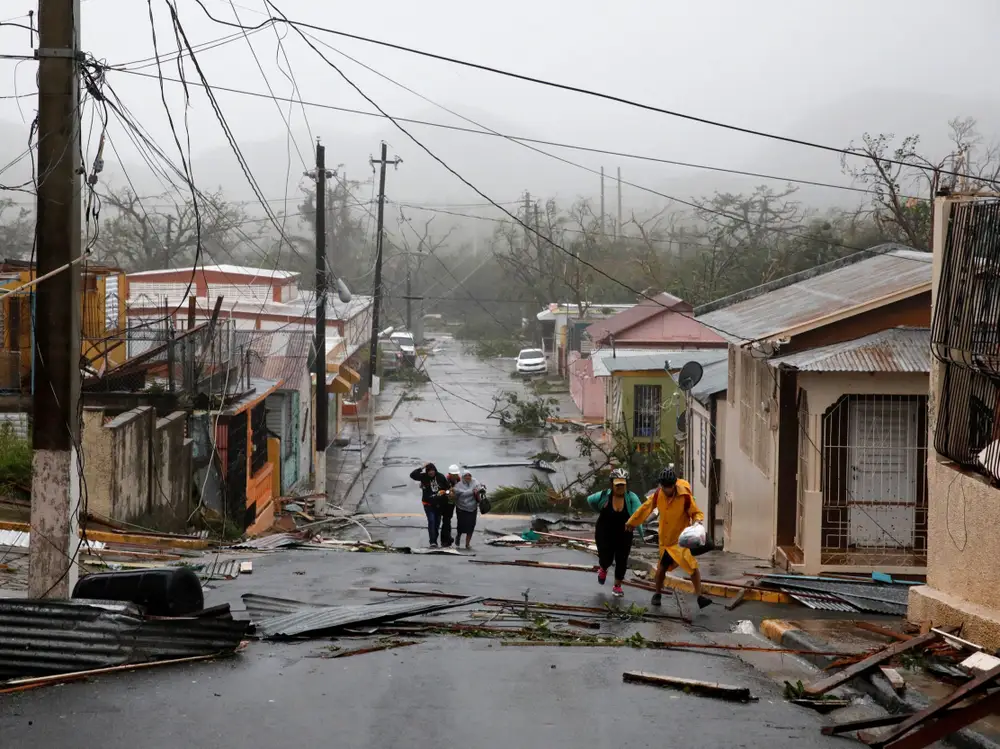Cuba is complete without power after Hurricane Ian pummelled the western end of the island, its government has announced.
The electrical system is experiencing total collapse, officials said, after one of the main power plants could not be brought back online.
Two people were reported dead and buildings were damaged nationwide.
On Cuban state television on Tuesday, the head of the electrical energy authority announced that an island-wide blackout had occurred as a result of the national electrical system’s breakdown, leaving 11 million people in the dark.
The category three hurricane, packing wind speeds of up to 195km/h (120mph), is now bearing down on Florida.
More than 2.5 million Floridians were under some kind of evacuation warning on Tuesday as Hurricane Ian marched closer to the state’s west coast after knocking out power across all of Cuba.
Southern Florida began feeling the storm’s first effects Tuesday evening, with rain and powerful winds whipping the region and tornado threats that will last overnight.
An apparent tornado at North Perry Airport in Broward County caused “significant damage” to several aircraft and hangars, Mayor Michael Udine said on Twitter.
The Category 3 storm was churning 120 mph winds Tuesday night with its center roughly 180 miles south-southwest of the city of Punta Gorda, close to where it’s expected to make landfall in less than 24 hours.
City authorities there announced Tuesday night that emergency services, including police and fire response, will be suspended until after the storm passes when it will be safe to resume response calls again.
For days, forecasters and Florida officials have warned this will be a dangerous storm with life-threatening storm surges and flooding and fierce winds. Tuesday night, Ian’s hurricane-force winds extended 40 miles out from its center and tropical-storm-force winds extended roughly 140 miles out, with some parts of the Florida Keys reporting wind gusts stronger than 50 mph, according to the National Hurricane Center.
Ian will likely make landfall Wednesday afternoon to evening between Sarasota and Port Charlotte as a Category 3 or Category 4 hurricane. (Hurricanes are designated as Category 4 when winds reach speeds of 130 mph to 156 mph.) Whichever of the two it is, one forecaster warned the storm still be a “large and destructive hurricane” for the state, urging residents to listen to local leaders’ advice.
The hurricane’s menacing approach to Florida triggered preparations across the state as officials announced school closures and flight cancellations, and the military began moving ships and aircraft.
All along Florida’s west coast, officials are urging residents to get out of harm’s way instead of staying to protect their property.
Ahead of the storm, Georgia Gov. Brian Kemp also issued a state of emergency Tuesday, warning of heavy rainfall and damaging winds in the state later in the week.












